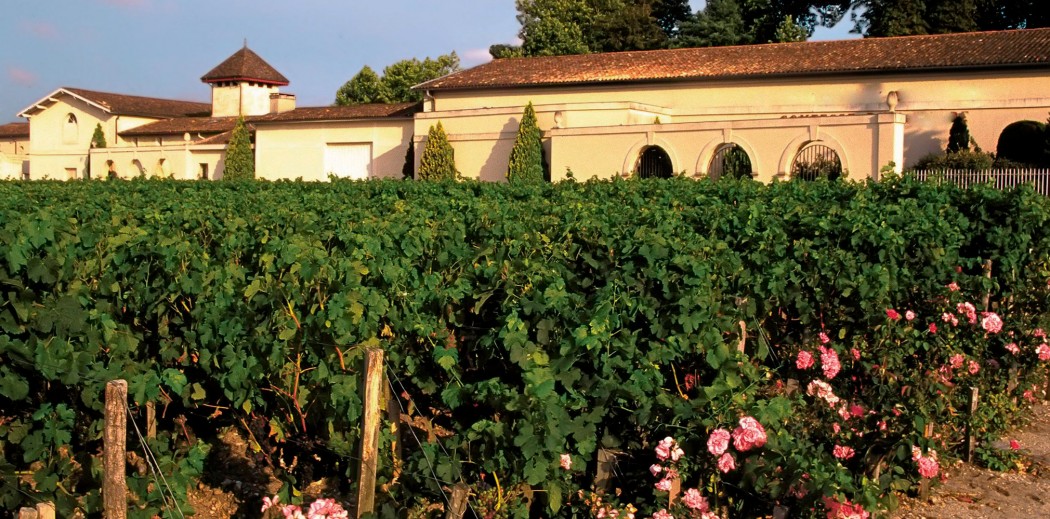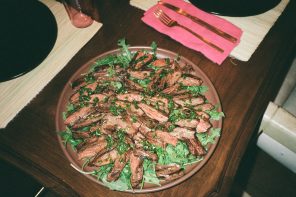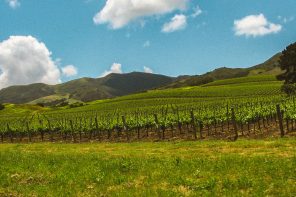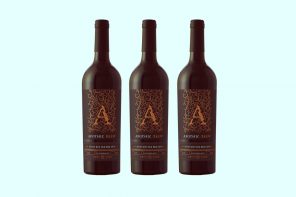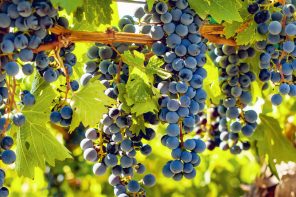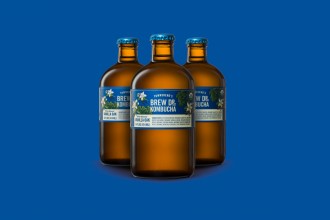When it comes to French wine, most vino-consuming aficionados take a slightly stronger liking to one of the nation’s ‘Big Bs,’ that is, Bordeaux or Burgundy. Both regions are known for their exquisite wine production, creating some of the most sought-after bottles in the world. While we personally can’t get enough of either region, today, we’re focusing on the country’s shining star of the west, specifically the Haut-Médoc.
The Haut-Médoc appellation of Bordeaux falls under the larger Médoc classification, yet encompasses six appellations within itself. Simply put, Bordeaux is split into two banks, Right and Left, geographically cut by the Gironde estuary. The Haut Médoc appellation stretches along the Left Bank’s Médoc peninsula, covering nearly 40 miles of viticultural land. The AOC, which was created in 1936, begins in the city of Médoc to the north, winding its way down to the city of Bordeaux; along the way, the six appellations of Margaux, Listrac-Médoc, Moulis-en-Médoc, Saint-Julien, Pauillac and Saint-Estèphe fall within its boundaries.
However, it wasn’t until the 1600s that winemaking became popular within the Haut-Médoc area. Prior to the arrival of Dutch merchants, the land’s salty marshes were mainly used for raising animals. The settlers began a huge draining project within the area, seeking to reform the land into a viticultural-friendly region. Two short centuries later, Haut-Médoc wine found an unmatchable fame, proceeding to dominate the international market.
Today, nearly 400 properties exist in the Haut-Médoc appellation, with the majority being independently owned wineries. During the famous Bordeaux Classification of 1855, 61 estates were awarded top-notch classification, though the majority (55 wineries) of these estates fell within four of the Haut-Médoc’s sub-appellations. What does that mean for the general Haut-Médoc appellation? Great wine and significantly lower prices. We’re in.
Over 11,000 acres of vines cover the Haut-Médoc area, sitting mostly in gravel, chalk and/or clay-based soils. More than 50 percent of vineyard coverings are comprised of Cabernet Sauvignon, the Left Bank’s signature grape, with Merlot, Petit Verdot, Cabernet Franc, Carmenere and minimal Malbec rounding out the rest of the area’s plantings. Unlike the varietal wines of Burgundy, Bordeaux is known for its highly celebrated blends. For serious Bordeaux on a not-so serious budget, look no further than the Haut-Médoc.

